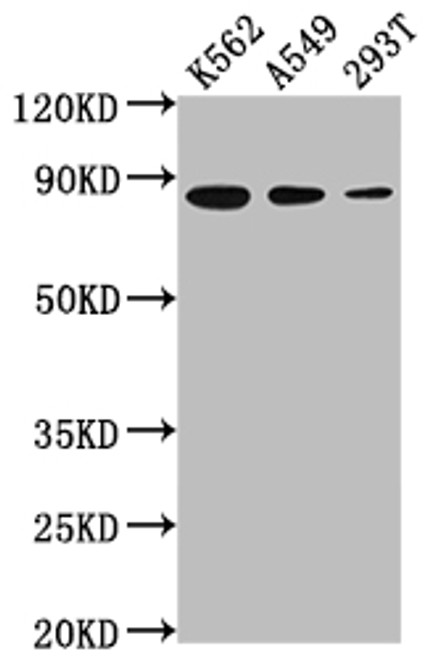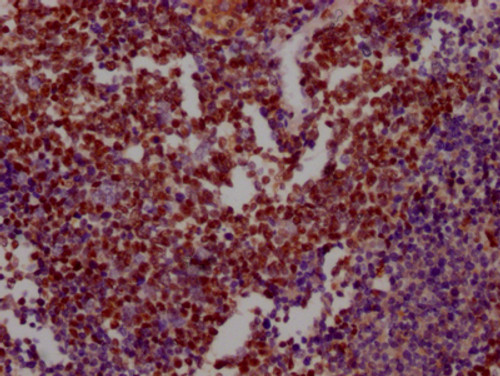Anti XRCC5 mAb (Clone 5G3)
CUSABIO
- Catalog No.:
- CSB-RA276627A0HU-100
- Shipping:
- Calculated at Checkout
$368.00
| Product Specifications | |
| Application | WB, IHC, IF, ELISA |
| Reactivity | Human |
| Clonality | Monoclonal (Clone No.: 5G3) |
| Documents & Links for Anti XRCC5 mAb (Clone 5G3) | |
| Datasheet | Anti XRCC5 mAb (Clone 5G3) Datasheet |
| Documents & Links for Anti XRCC5 mAb (Clone 5G3) | |
| Datasheet | Anti XRCC5 mAb (Clone 5G3) Datasheet |





